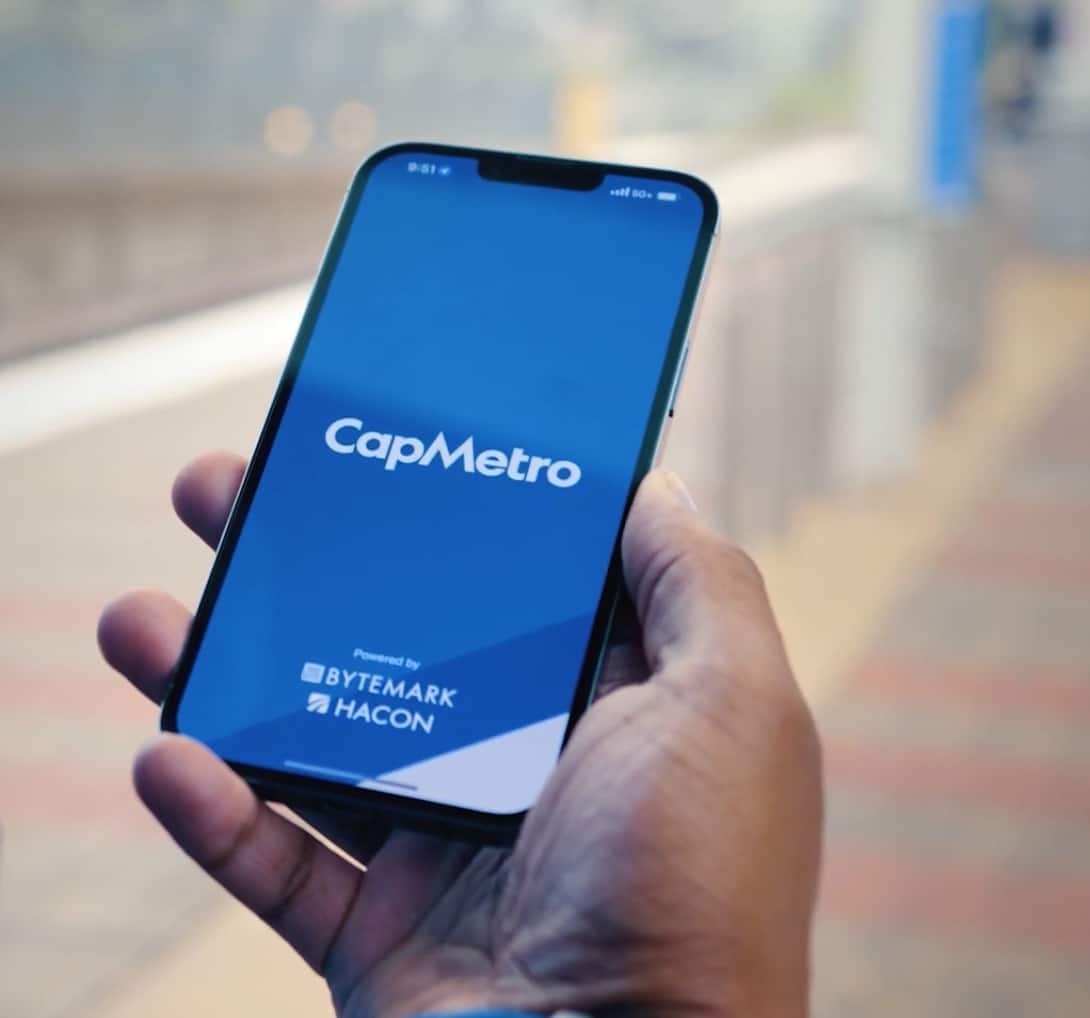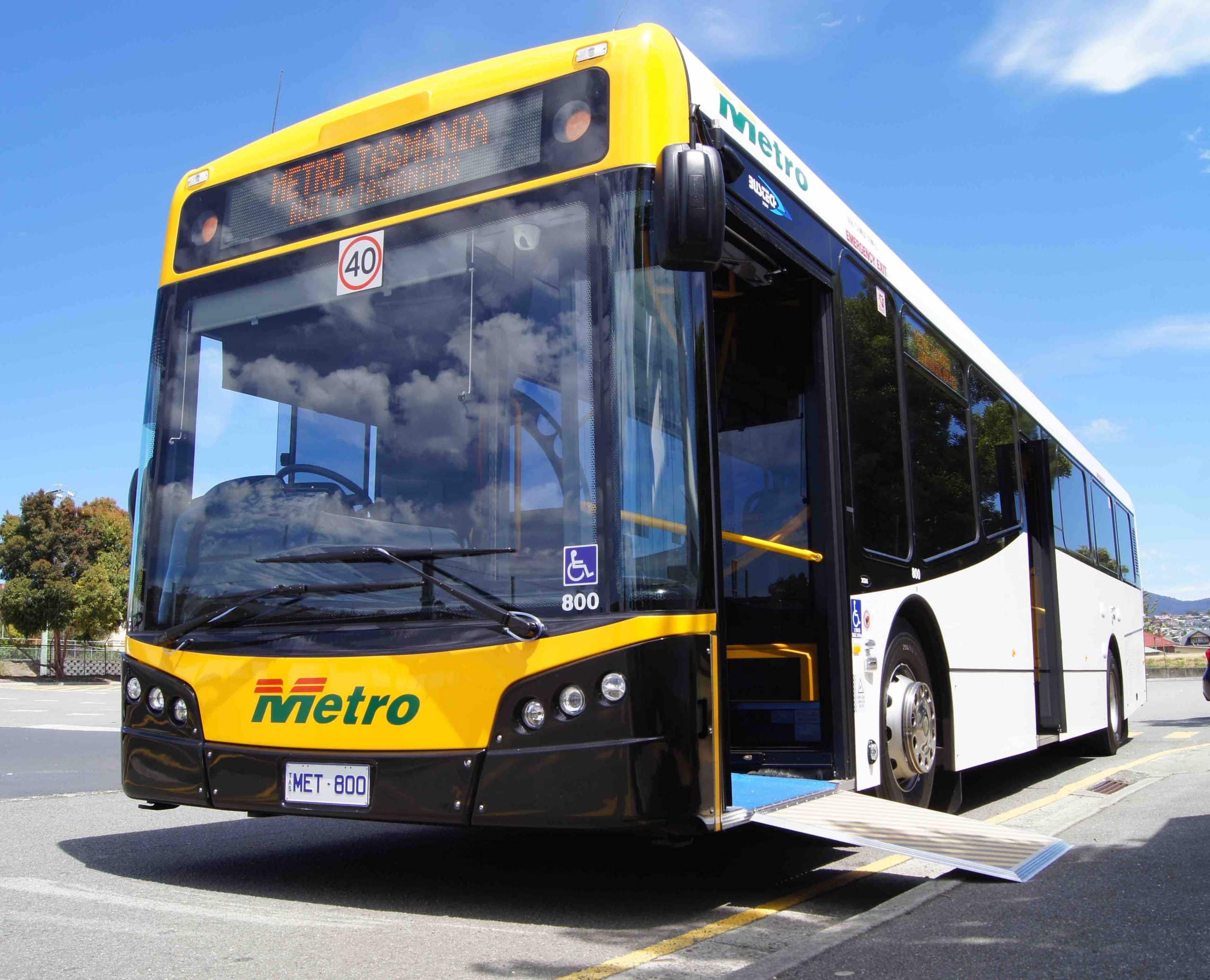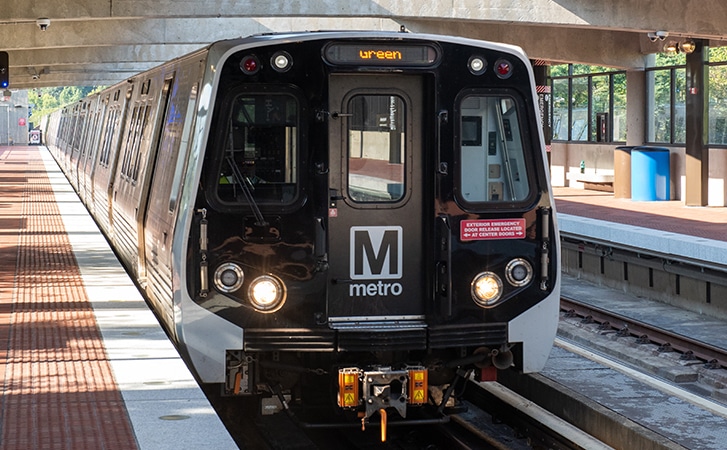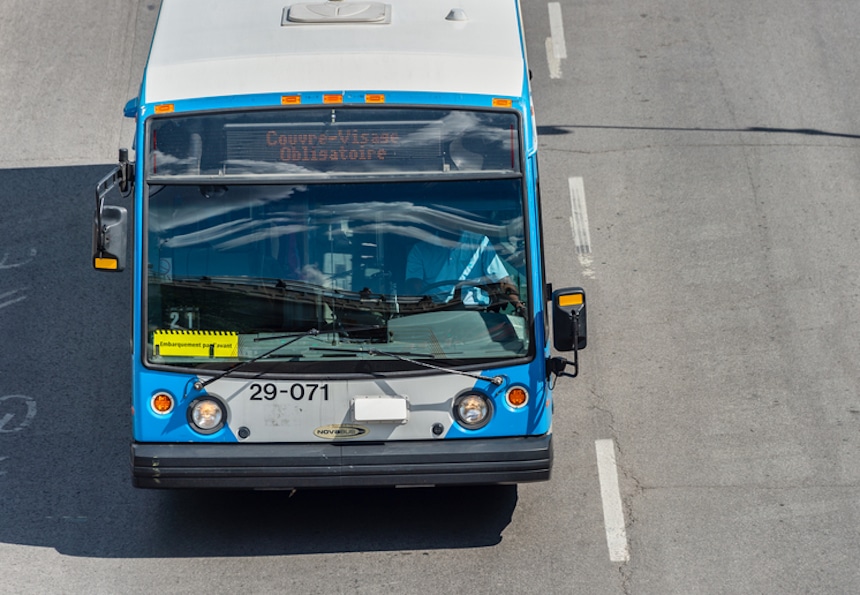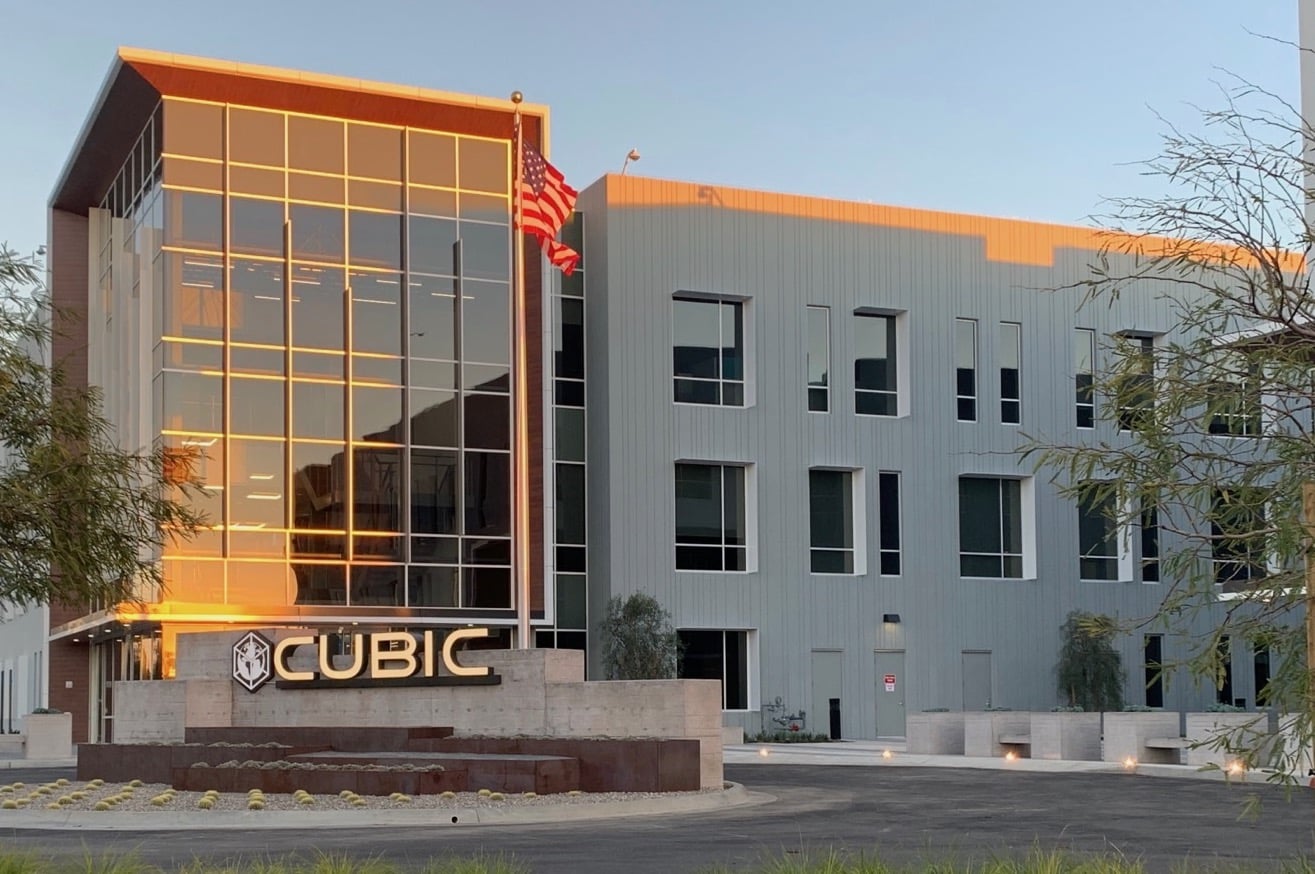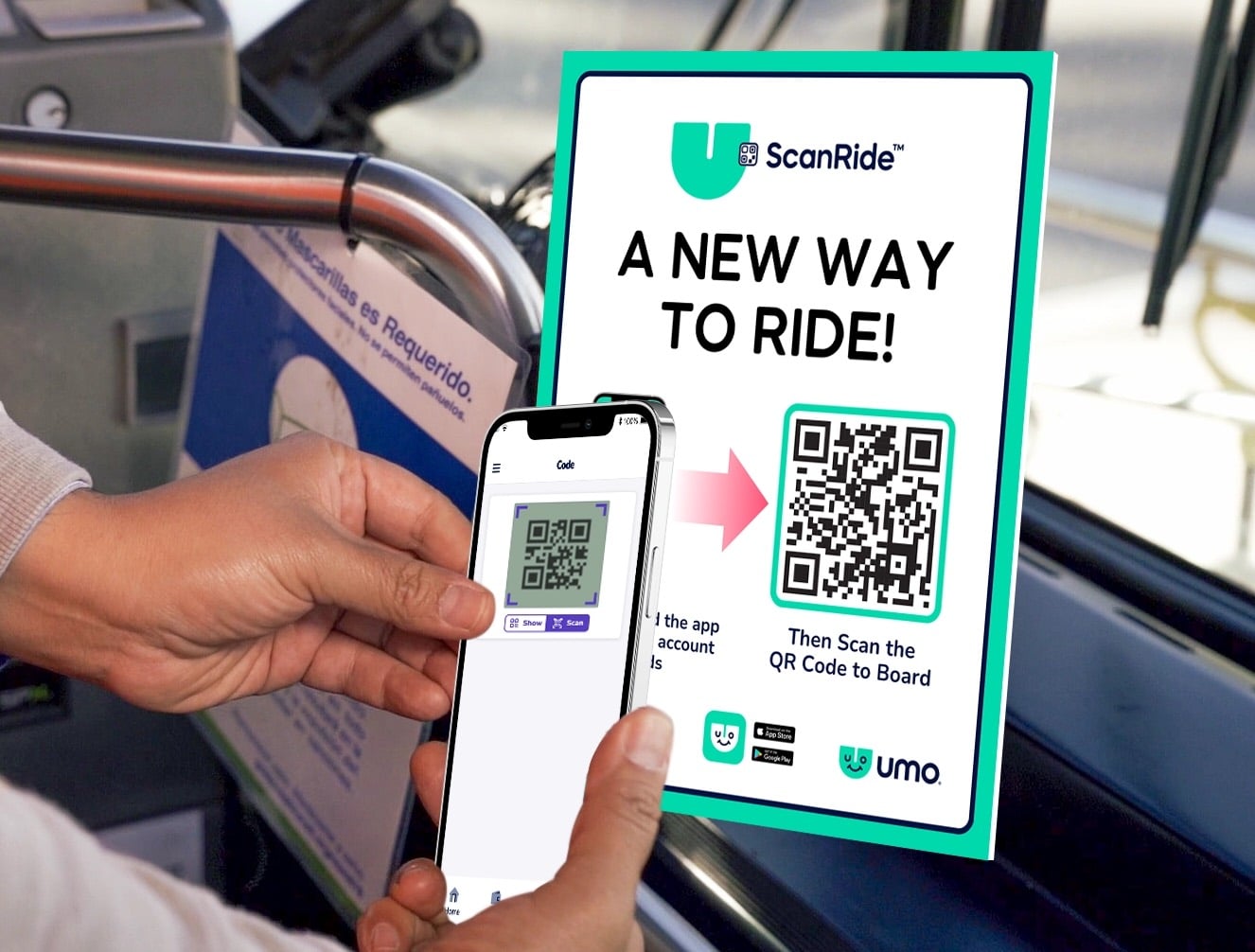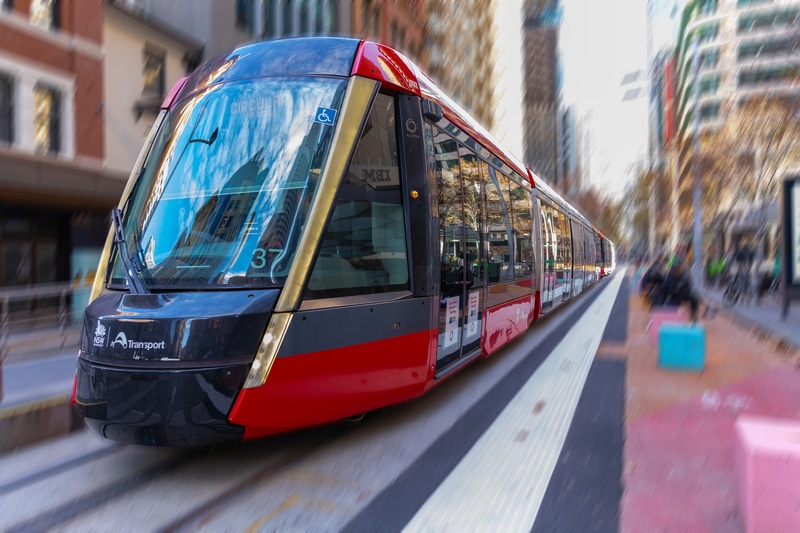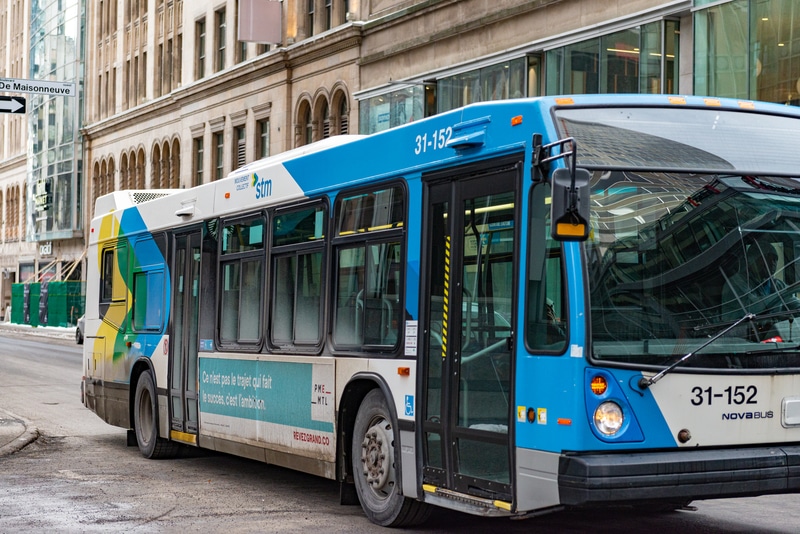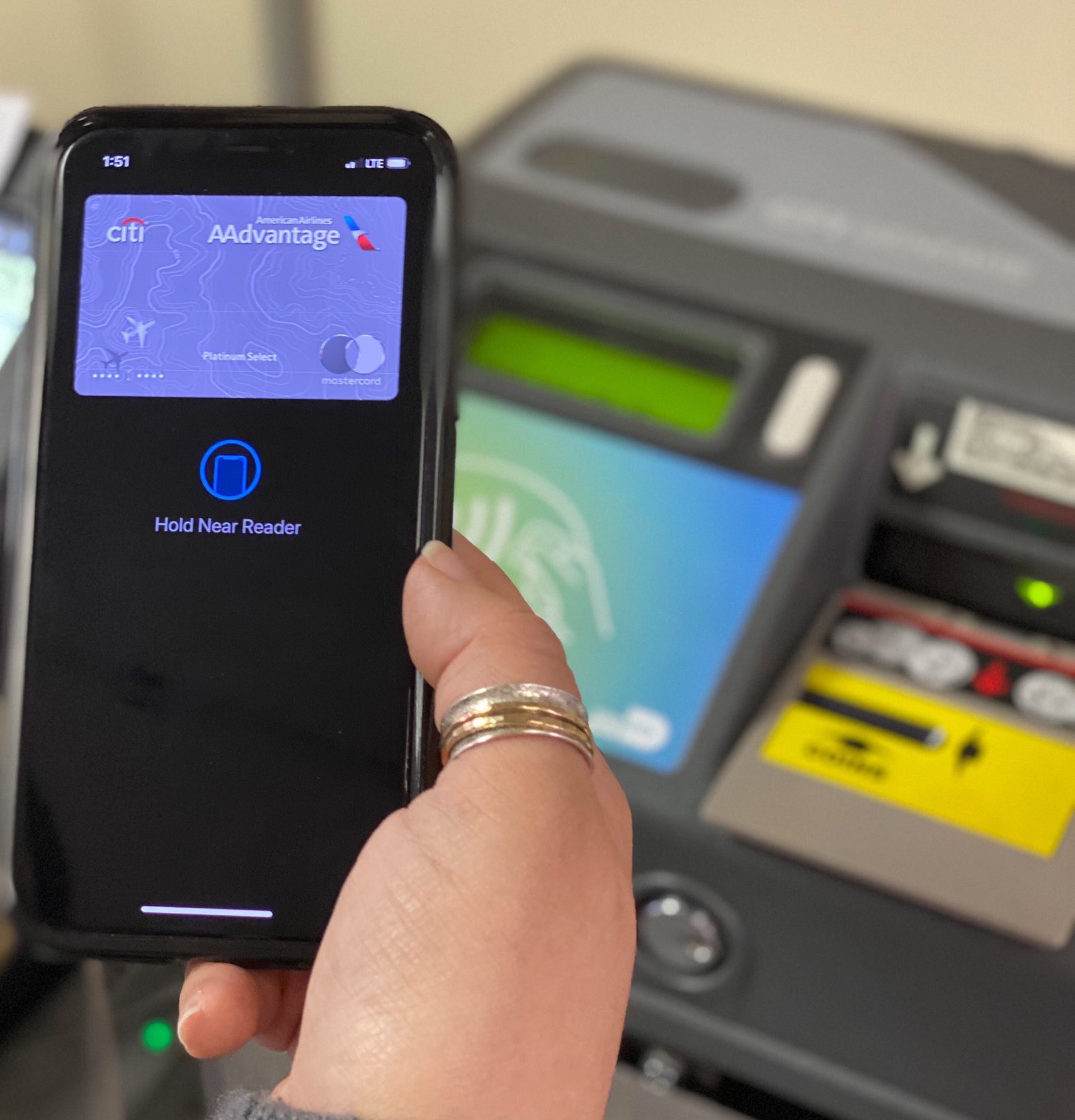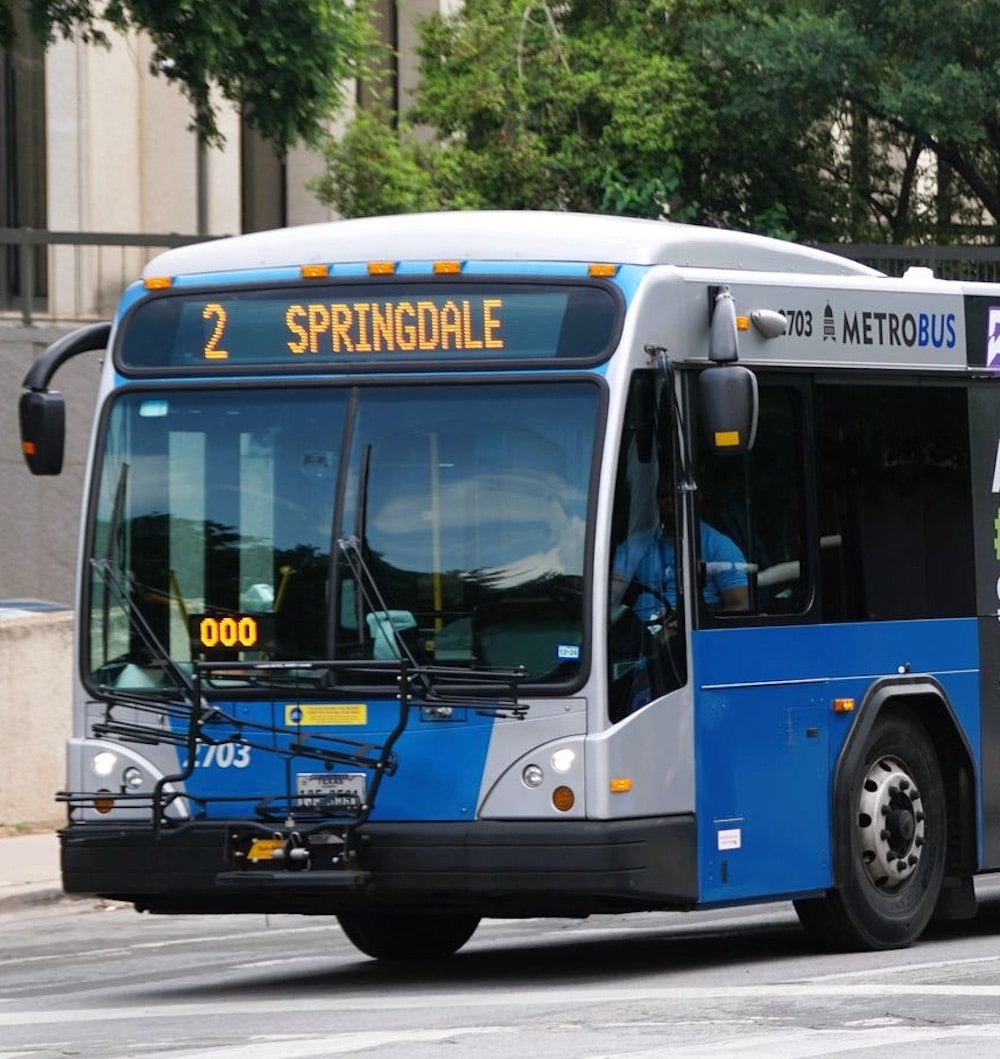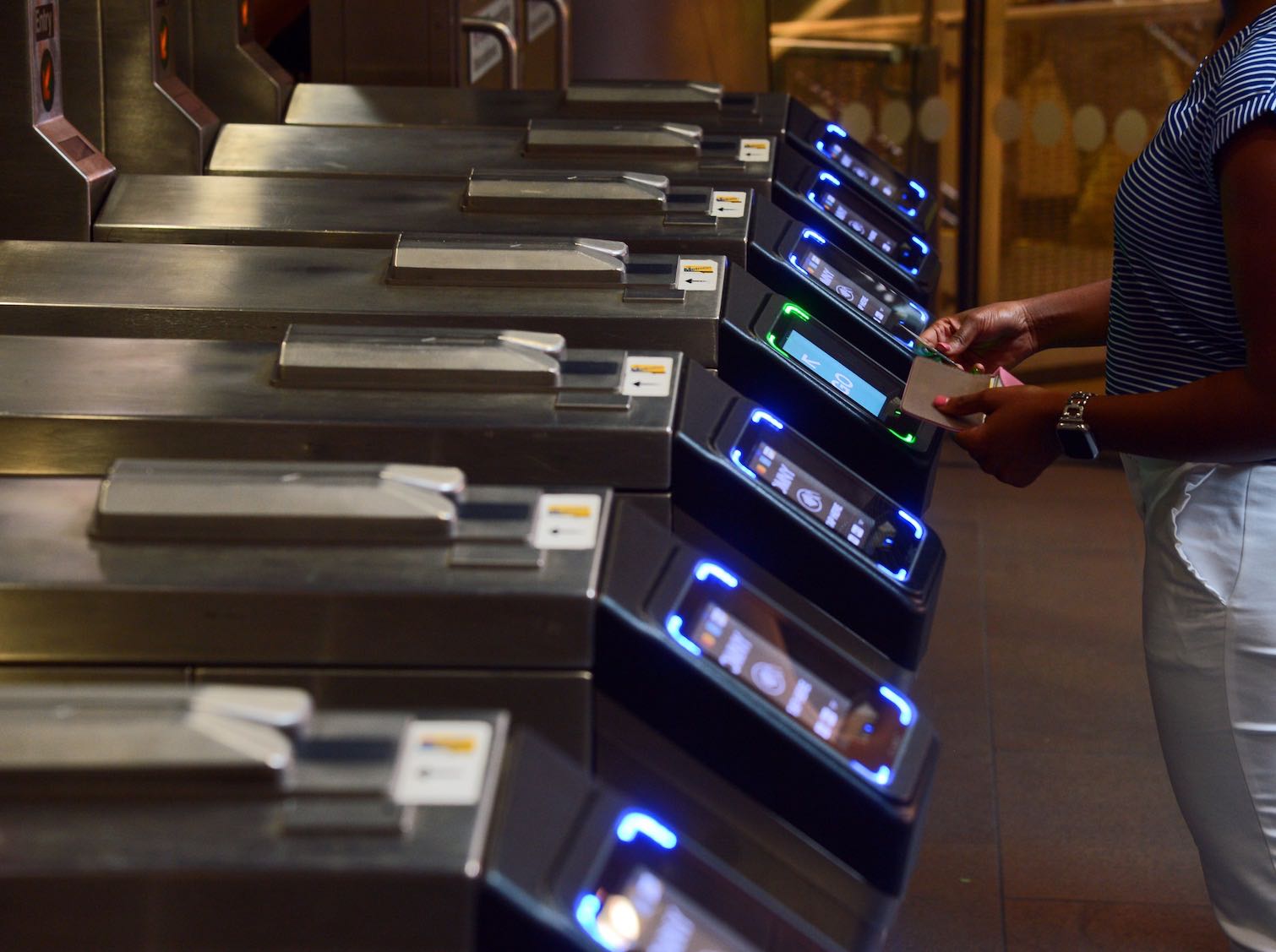
Article Highlights
Officials with New York’s Metropolitan Transportation Authority this week said the rollout of its OMNY fare-collection system has fallen further behind schedule and isn’t expected to see “substantial completion” until the fourth quarter of 2025–nearly two and a half years later than Cubic Transportation Systems, the system integrator on the project, had originally promised.
• Table: Projections for ‘substantial completion’ of OMNY rollout
• Report: MTA Oct. 2022
Officials with New York’s Metropolitan Transportation Authority this week said the rollout of its OMNY fare-collection system has fallen further behind schedule and isn’t expected to see “substantial completion” until the fourth quarter of 2025–nearly two and a half years later than Cubic Transportation Systems, the system integrator on the project, had originally promised.







